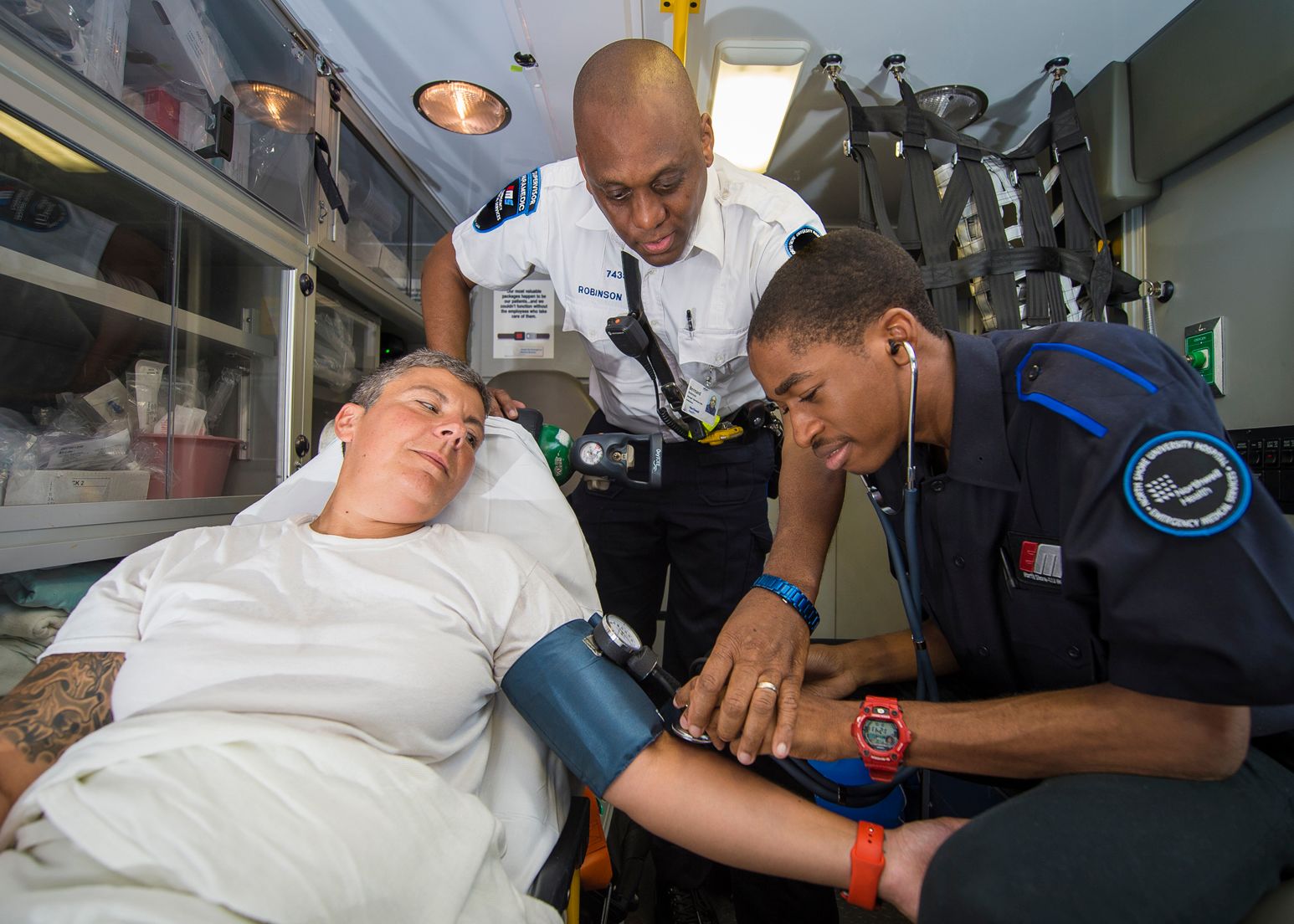The field of emergency medical services is a critical one, and a career in it is rewarding. It is centered around the saving of lives and offering life-saving treatment. If you’re thinking of being an Emergency Medical Technologist (EMT) or upgrading to the prestigious job of a Paramedic then you will be entering a career with high growth potentials and a demand for highly skilled professionals. This article will guide you through all the steps that are required to become an EMT or paramedic. We’ll also explore the different options for training, such as the DSHS-approved EMS course.
Understanding the importance of EMTs and Paramedics
Emergency Medical Technicians, also known as paramedics or EMTs, are the first emergency responders. They provide immediate medical care. They are trained to evaluate patients, delivering essential medical treatments, and transporting patients in a safe manner to medical centers for further treatment. EMTs, paramedics and other medical professionals play a vital role in stabilizing a patient in a crisis taking split-second decisions, and offering compassionate care to patients that are in need of help. For more information, click How to Become EMT

Step 1: Become an EMT:
In order to become an EMT you’ll need to be able to complete a variety of education and training courses. These may differ based on the degree of certification you are aiming to obtain. There are three levels of EMT certification.
1. EMT-Basic (EMT-B) It is the first-level certification that requires around 100 to 150 hours of education. EMT-Bs are trained to provide medical basics which includes CPR, bleeding control and airway management.
2. EMT-Intermediate: This is a degree which requires more education. The amount of additional training is different from one state to the next. The level is able to be combined with EMT B in certain places, but it may also require 200-400 hours of training. It also includes an intravenous therapy and a broader range of capabilities in medical.
3. EMT Paramedic (EMT P) EMT-P is the most prestigious level of certification for EMTs. The training needed to earn this credential typically ranges from 1,800 to 1,000 hours. Paramedics have advanced skills in medical procedures, such as the administration of medication, reading EKGs, and managing airways.
Step 2: Applying for Paramedic Certification:
In order to become a Paramedic, you first need to pass the EMTB and EMTI levels and then gain some practical experience. After that, it is possible to take part in a paramedic education program that typically takes one to two years to complete. In this rigorous instruction, you’ll learn about advanced medical topics and gain the necessary skills and knowledge to handle critical situations independently.
Explore EMT Training Options
You can choose from a variety of EMT classes, based upon your level of certification. EMT training is often provided by community colleges and medical trades schools that offer all certifications. The programs provide a mix of classroom instruction, hands-on learning as well as practical encounters in field and clinic environments.
Additionally, if you’re looking for a more in-depth and comprehensive EMT program that can lead to a degree or colleges may provide EMT training at the EMT-Paramedic level. These programs will help you gain an understanding of emergency medicine and allow you to make better medical decisions and care for patients.
Step 4: Step 4: Ensure DSHS certified EMS training:
If you’re aspiring to become EMTs and paramedics, it is essential to ensure that the education course you select is DSHS approved. The Department of State Health Services (DSHS) recognizes EMS training courses to ensure that they are in line with the highest levels of education and proficiency. Enrolling in a DSHS-approved EMS course ensures that you receive the best training and that you meet the requirements for certification.
An occupation in the field of EMT or paramedic can be highly rewarding and respected. As first emergency responders, EMTs and paramedics play important roles in helping save lives and provide immediate medical care in emergency situations. If you’re aspiring EMTs or paramedics who want to start this life-saving journey they must finish all the necessary education and training programs. According to the level of certification they want to attain, people can select from various EMT training options, including medical trade schools, as well as universities.
Additionally, when considering choices for training, it is essential to confirm that the selected EMS training program is DSHS approved. If you do this you will be able to rest assured that you’re receiving a high-quality education that is up to the standards to obtain EMT and paramedic certification.
As the demand for trained emergency medical specialists increases, EMS provides a wealth of career opportunities as well opportunities to improve the lives of those around you. Whether you start as an EMT Basic or to become a paramedic, your dedication to providing essential medical care will pay off with an exciting and meaningful career in emergency medical services.






